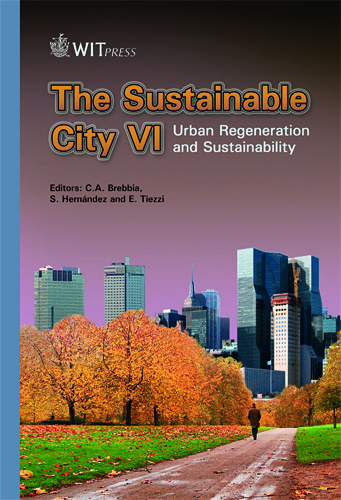GIS Development For Urban Flood Resilience
Price
Free (open access)
Transaction
Volume
129
Pages
11
Page Range
661 - 671
Published
2010
Size
504 kb
Paper DOI
10.2495/SC100561
Copyright
WIT Press
Author(s)
S. Lhomme, D. Serre, Y. Diab & R. Laganier
Abstract
In France, as in the rest of Europe, river floods have been increasing in frequency and severity, there are more and more instances of rivers bursting their banks, aggravating the impact of the flooding of areas supposedly protected by flood defenses. These circumstances oblige us to manage flood risk by integrating new concepts like urban resilience design. Definitively, our goal is to reduce flood risk by managing vulnerability issues of flooded areas to achieve flood resilient cities. A first analysis of city needs of decision-making tools showed that no tools to prioritize recovery actions are available. This tool needs to integrate some models and indicators to be efficient: an urban systemic model of the city; resilience indicators; failure and recovery scenarios. A first prototype sketch was designed but it needs to integrate these models and indicators. That is why, as part of a future PhD thesis, this tool will be developed to be used directly by decision makers and communities. Keywords: resilience, GIS, indicators, urban systemic model, urban networks, safety methods. 1 Introduction In France, as in Europe, river floods have been increasing in frequency and severity [1] and there are more instances of rivers bursting their banks, aggravating the impact of the flooding of areas supposedly protected by flood defenses. Moreover, climate change is expected to exacerbate the frequency and intensity of hydro meteorological disaster [2]. Despite efforts made to maintain the flood defense assets, we often observe levee failures leading to finally increase flood risk in protected area. Furthermore, flood forecasting models, although benefiting continuous improvements, remain partly inaccurate due to
Keywords
resilience, GIS, indicators, urban systemic model, urban networks,safety methods





